Production Concept
The production of The Laramie Project will be based on the thrust stage design. Different viewers will see the action from different perspectives, which is especially relevant in the case of this play because differences in perspectives are arguably the play’s main theme. The Laramie Project revolves around a horrifying murder (Kaufman and Tectonic Theater Project VI), and what the writers and actors do in it is engaging viewers into the context and showing the story that shook the country from inside, from where it originated.
This is done by providing the perspectives of those people who knew the victim of the hate crime, knew the suspects, and can help understand what happened. The play features an episodic plot, and characters may appear on stage suddenly without following any chronological order. This collection of perspectives demonstrates the Rashomon effect (Ishorari 95), which is why the thrust stage design is appropriate. Importantly, with this design, the viewers on the left and on the right of the stage will be able to see not only the actors but also each other. It will create the effect of engagement and stronger connection to the people of Laramie.
The production will be relevant today because it provides insight into poorly understood, closed, and rather obscure environments in which discrimination, hate, and cruelty can brew. Hate crimes happen until these days (“2016 Hate Crime Statistics Released”), and it is important not only to raise awareness of them but also explore the mechanisms behind them.
An advantage of the production is that it will emotionally appeal to the viewers in several different ways. Some of the scenes are very disturbing, like the Fence moment (Kaufman and Tectonic Theater Project 34), and other ones can be amusing, such as the conversations with locals (Kaufman and Tectonic Theater Project 15-17). Therefore, there is no single intended overall mood: some viewers may feel disturbed after seeing the production, and some, on the contrary, may feel optimistic. It can be expected that the emotional appeal of the play will help interest many different people in attending the production.
Design Images
Scenic Design
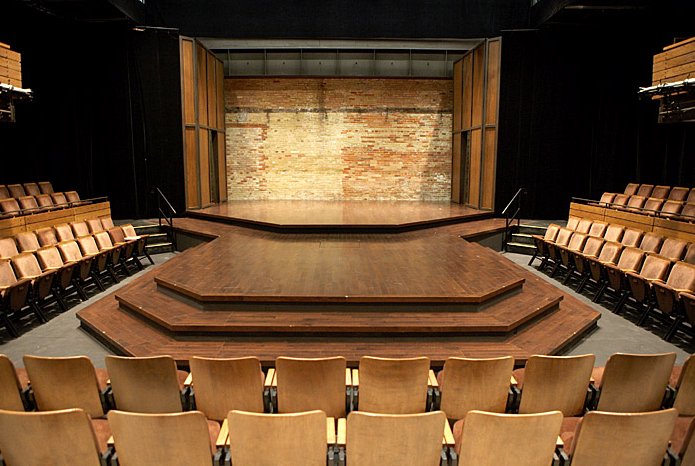
Thrust stage: audience on three sides. This design will allow engaging the viewers more successfully in the action unfolding on the stage. The differences in perspectives will enhance the perceived Rashomon effect, which is an important element of the play. Actors may get up on stage not only from the back of the scene but also from other sides.
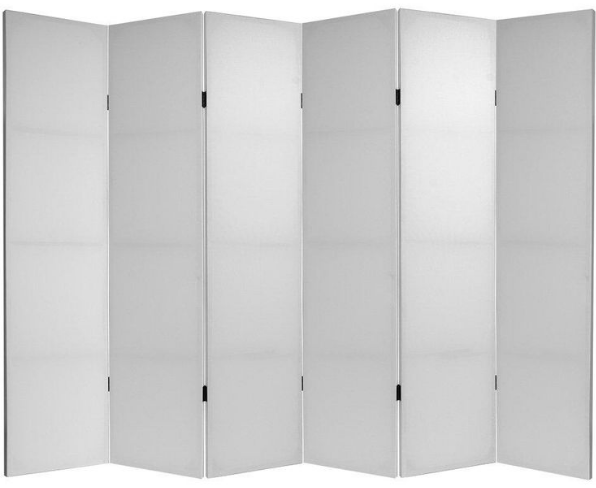
On blank folding screens, pictures will be put to represent various locations (as the action moves from interiors to exteriors, from the town to countryside, and so on). The use of such screens is a convenient way of making transitions from one episode (or, as the authors call them, “moment”) to another.
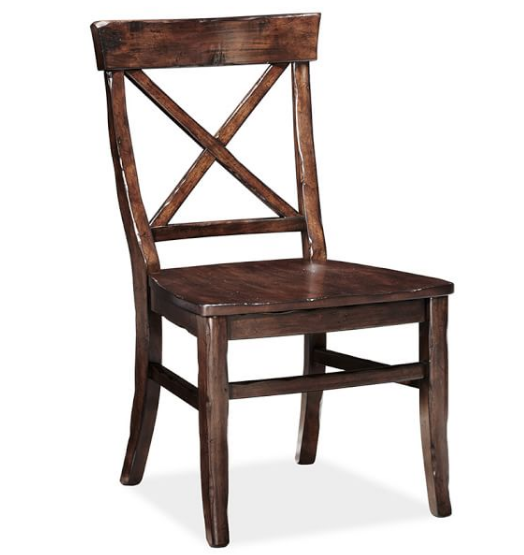
There will be several simple-looking wooden chairs on the stage: some at the front of the stage, and characters who are talking at moment will be sitting in them as needed, and some upstage, where inactive characters can be seated. Chairs were used in previous productions, too; their simplicity is needed to avoid distracting the attention of viewers from what is happening among the characters.
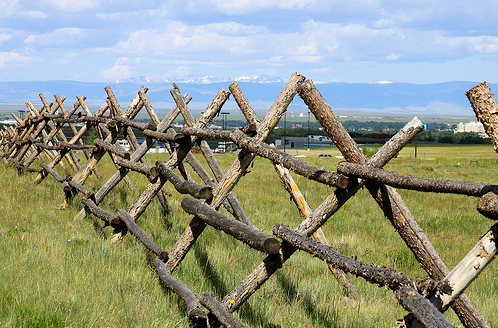
A fence like the one on the picture above will need to be constructed and brought to the stage during the appropriate episode. Although the fence to which Matthew was tied when he was found is not to be extensively displayed in the production according to the play, it still needs to be used because it is an iconic image since the pictures of the actual fence appeared in newspapers in 1998.
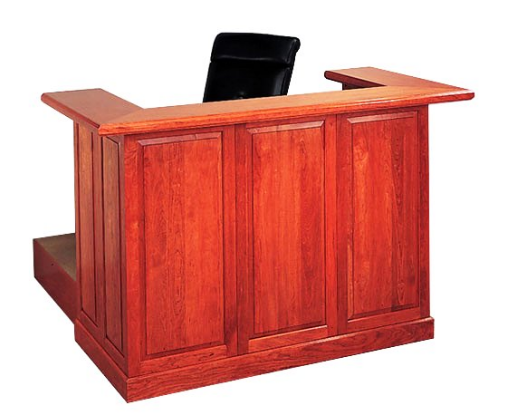
A judge’s bench will be used for trial scenes. Some of previous productions did without such a bench or a judge’s desk, but for this production, it is considered necessary for the creation of a solemn setting of justice.
Costume Design
Most actors and characters will wear regular everyday clothes; however, some specific costume design-related decisions need to be made.
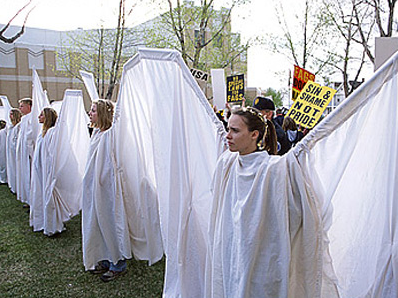
The costumes will be worn by the characters during the Angel Action. The picture above is the actual photograph of activists who protected Matthew’s family from antigay protesters.

A bright headscarf like the one on this picture will be worn by Zubaida Ula, a young woman who shares her experience of being “different” (a Muslim woman in small Wyoming town) in Laramie. The headscarf should be bright to immediately emphasize the way Ula’s appearance is different from “normal” compared to all other characters.

This is an actual photograph of Fred Phelps, and his look on the photograph will be used in the production.
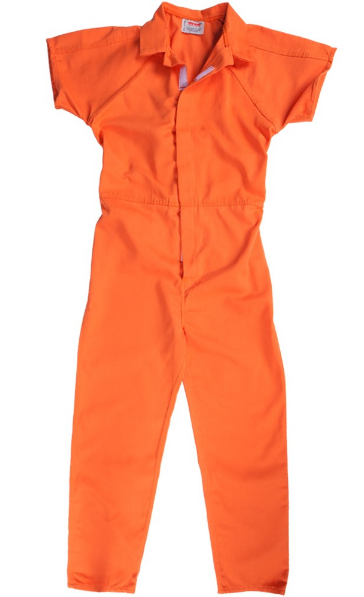
Orange jumpsuits like the one on this picture will be worn by the accused (Aaron McKinney and Russell Henderson) during appropriate scenes.
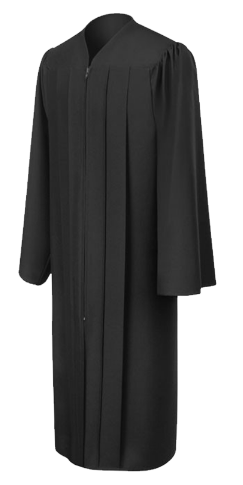
The judges will wear appropriate gowns.
Casting
The Laramie Project features an ensemble cast that includes both the actors of the Tectonic Theater Project and the residents or Laramie; the former transform into the latter on the stage. This is a rare example of two layers of the cast. In the proposed production, the actor characters may be linked to resident characters differently; i.e., not the way they ale interlinked in the play, which I another opportunity to demonstrate flexibility.
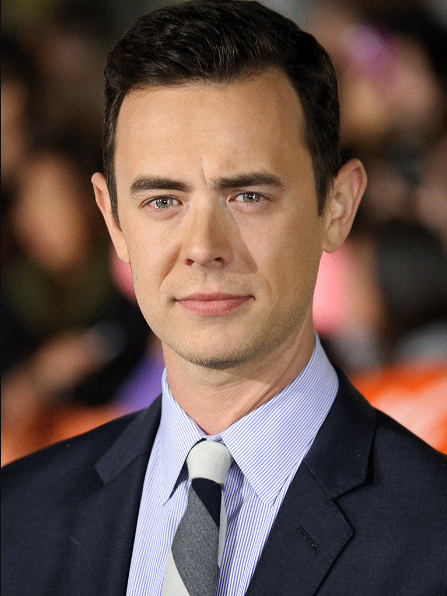
Colin Hanks as Greg Pierotti, Sgt. Hing, Detective Sgt. Rob DeBree, and other roles. Although he may be known to many as a comedy actor, Hanks has actually done some outstanding work in serious movies and television series, and his performance in Fargo is considered especially relevant. The proposed production will be an opportunity for Hanks to reassert himself as a serious actor.
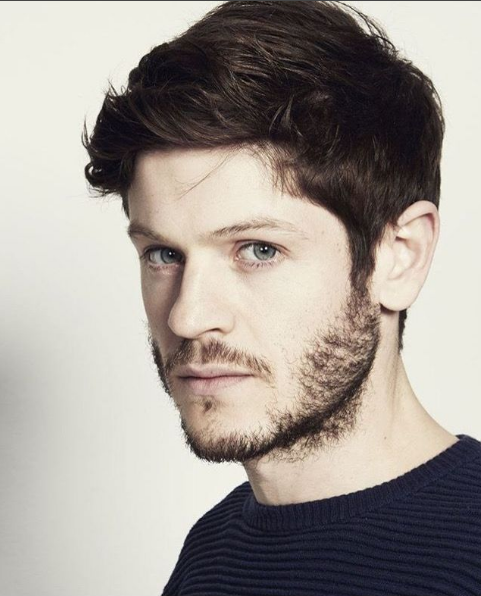
Iwan Rheon as Andy Paris, Jedadiah Schultz, Aaron McKinney, and other roles. Rheon is primarily known his work on television, and he has proved to be capable of portraying very different characters, both in comedies and dramas. His age and appearance is appropriate for playing several parts in the proposed production.
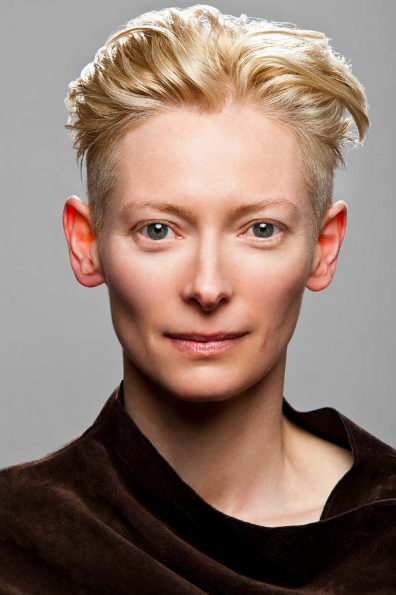
Tilda Swinton as Amanda Gronich, Eileen Engen, Marge Murray, Zubaida Ula, Baptist Minister, Trish Steger, and other roles. Throughout years of her career, Swinton has shown how incredibly versatile she is as an actress. In the production, she will be able to bring both a comic effect (as Marge Murray) and compassion and affection (as Trish Steger). Also, she will undoubtedly be able to demonstrate the outrage and aggression as Baptist Minister.
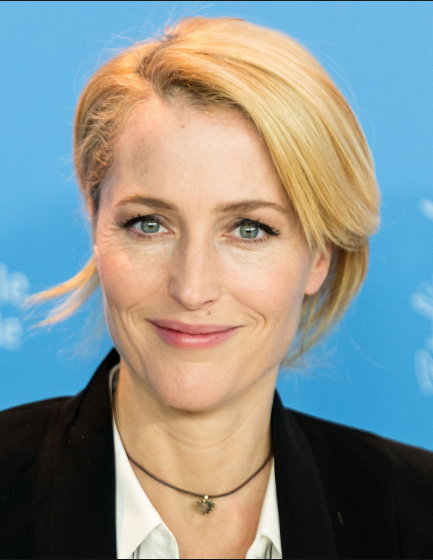
Gillian Anderson as Barbara Pitts, Catherine Connolly, Sherry Aanenson, and other roles. Anderson became famous due to her role as Agent Dana Scully in The X-Files, and she has many fans among sci-fi lovers until these days. However, she had been in many movies and proved her strength as a dramatic actress. Based on Anderson’s previous roles, it is expected that she will be able to perform a wide range of characters.
Works Cited
“2016 Hate Crime Statistics Released: Report Details Offenses, Victims, Offenders, and Locations of Crimes.” FBI. 2017. Web.
Ishorari, Rosemary. “Territorially Based Concepts of Culture and their Effects on the Making and Reception of Theatrical Performances.” Journal of Northeast Indian Cultures, vol. 3, no. 2, 2017, pp. 92-100.
Kaufman, Moisés, and Tectonic Theater Project. The Laramie Project. Vintage Books, 2001.